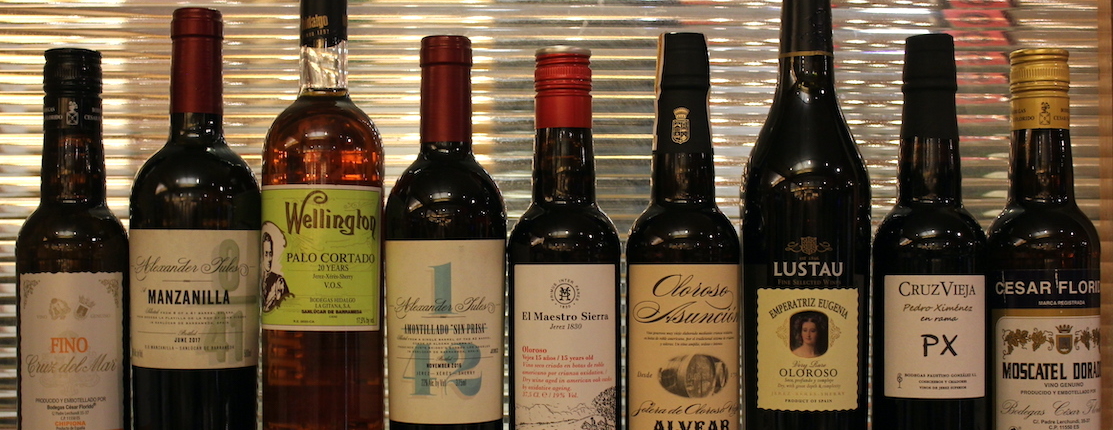Etna is a special wine region. Actually, it is a magical region in many ways and has so much to offer beyond wine. Much of my interest and affection for Etna is due to Ciro and Stef Biondi, who were gracious enough to take me in for the 2018 harvest. In fact, the Biondi family (alongside Marc de Grazia, the Benanti family, and the late Andrea Franchetti) deserves much credit for Etna’s winemaking revival.
Mount Etna, the largest volcano in Europe, is located on the island of Sicily in the province of Catania, and Etna wines are grown on the slopes of the volcano. Locals often refer to Mount Etna as Mongibello (“beautiful mountain” in Sicilian dialect) or, simply, Mamma Etna. Mongibello also happens to be the scientific term referring to the most current layer of ash and lava caused by Etna’s eruptions dating from 15,000 years ago to the present day.
The History
Etna has been a central hub for quality wine production and research for longer than we realize. By the 13th century, Etna had established wineries or “commanderies” that were tended to by the Knights Hospitaller. These men were barons of the Catholic Crusades, and established themselves in the area for centuries.
The winemaking tradition persisted, and in the 18th century, the powerful and well-traveled Spitaleri family brought back French winemaking techniques. For generations, the family practiced these newer methods, elevating the otherwise high-yielding Etna vines to a status that rivaled Champagne and Bordeaux. This assertion is not an exaggeration; in the 1800s, this Etna family would bring back first-place prizes for their sparkling wines, outdoing their French counterparts at world expositions and trade fairs.
Etna’s reputation as a quality wine-producing area, with old-vine production on volcanic soils, blew up in the early 2000s. (Appropriate imagery, right?) It happened fast, and all at once. Producers have hustled to keep up with the production and quality standards that the export market continues to ferociously demand.
Despite its recent success, Etna is still an experimental hub. True to the region’s history, present-day winemakers experiment with different vinification and maturation methods–often with “minimal intervention,” a term that has become synonymous with the natural wine movement.
The Land
The region’s soils are … volcanic. Seems obvious, but what is not so obvious is that a volcano releases a different mineral, rock, and gas composition every time it erupts. Mamma Etna is still active and erupts often, naturally fertilizing the entire Etna area. Etna is also classified as a stratovolcano, which means it is a conical volcano, built up by many layers or “strata” that scientists date and name. After more than 100,000 years of eruptions from different volcanic systems, one can only imagine just how complex the Etna geology is. Despite its natural mystery, there are some specific clues when we taste Etna wines that lead us to certain zones of the volcano.
The three major classifications of Etna’s volcanic history are the Ellittico, Mongibello, and the Milo systems. Ellittico is the oldest of the three, encompassing eruptions from more than 15,000 years ago. Being older, these Ellittico soils are typically under the younger Mongibello strata. There are, however, some areas where the Ellittico soil is exposed: Randazzo in the north and Biancavilla in the south. Wines from vines grown on Ellittico in the north tend to be higher-toned, or “nervy,” meaning that the acid is higher, the fruit brighter, and the minerality more pronounced. Wines from Ellittico in the south have a similar mineral depth and energy, but are more concentrated in fruit–the sun favors the south side, and the vines pump out extra-ripe grapes.
The Etna DOC was established in 1968. It’s surprising it has not yet reached DOCG (Denominazione di Origine Controllata e Garantita) status because of its ever-growing reputation and demand for the wine. It could happen–the Etna Consorzio in the last few years has already taken strides to regulate production, and there has been some buzz of “upgrading” the denomination. For now, it remains a Denominazione di Origine Controllata. The production zone also has altitude delimitations (400-1000 meters above sea level), and a winemaker producing an Etna Rosso can only use grapes that are grown within this altitude range.
The Grapes
Etna has always been home to an assortment of grape varietals (some of which certain winemakers are committed to cultivating despite the fact that they cannot make the wine under the Etna DOC label). Etna, like the rest of Sicily and the Mediterranean, has a multi-cultural heritage, so it is not uncommon to find, say, grenache (brought over by the Aragons) still growing on its slopes.
Today, the mainstay red grape of Etna is nerello mascalese, even though this grape doesn’t show up in historical documents until the 18th century (where it is referred to as “negrello”). The late mention is probably due to the fact that the peasant population cultivated this varietal and had virtually no access to the historical record. Nerello produces stylish, complex wines with brilliant fruit, notable freshness, and a mineral edge. Carricante, the leading white grape, makes dry, structured wines with flinty, herbal notes.

At Paul Marcus Wines, we’ve been Etna aficionados from the beginning, and we continue to enjoy long, thriving relationships with a number of the region’s top producers. Benanti, with vineyards to the north, south, and east of the volcano, creates wines of tremendous finesse and refinement. Graci, in contrast, tends to offer wines of great concentration and depth. Then there’s Girolamo Russo, a producer who offers the best of both worlds. Finally, we have Marc de Grazia’s Terre Nere, one of the pioneers of the Etna renaissance.
Thanks to the versatility of the grapes, the diversity of winemaking styles, and distinctive terroir, Etna wines are quite well-suited to a wide range of foods and personal palates. To learn more about these Burgundian-style, elegant, and age-worthy wines, visit us at the shop.
— Emilia Aiello





